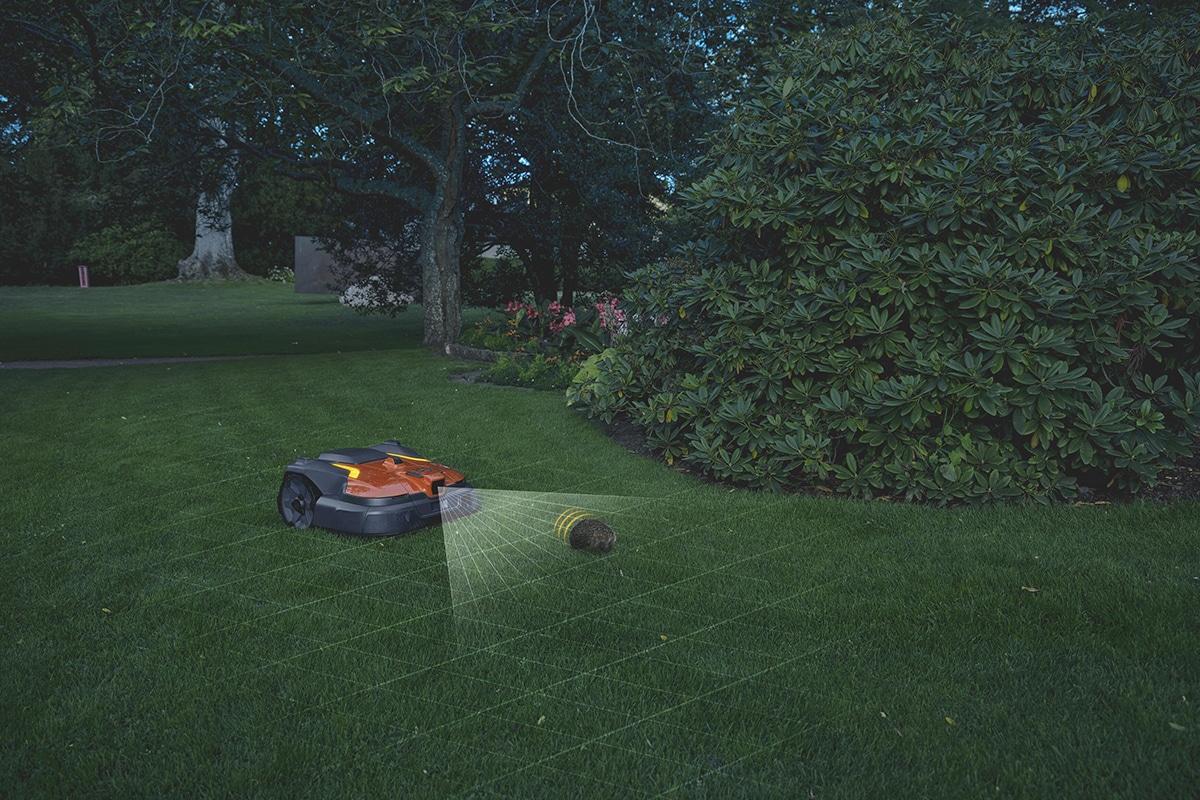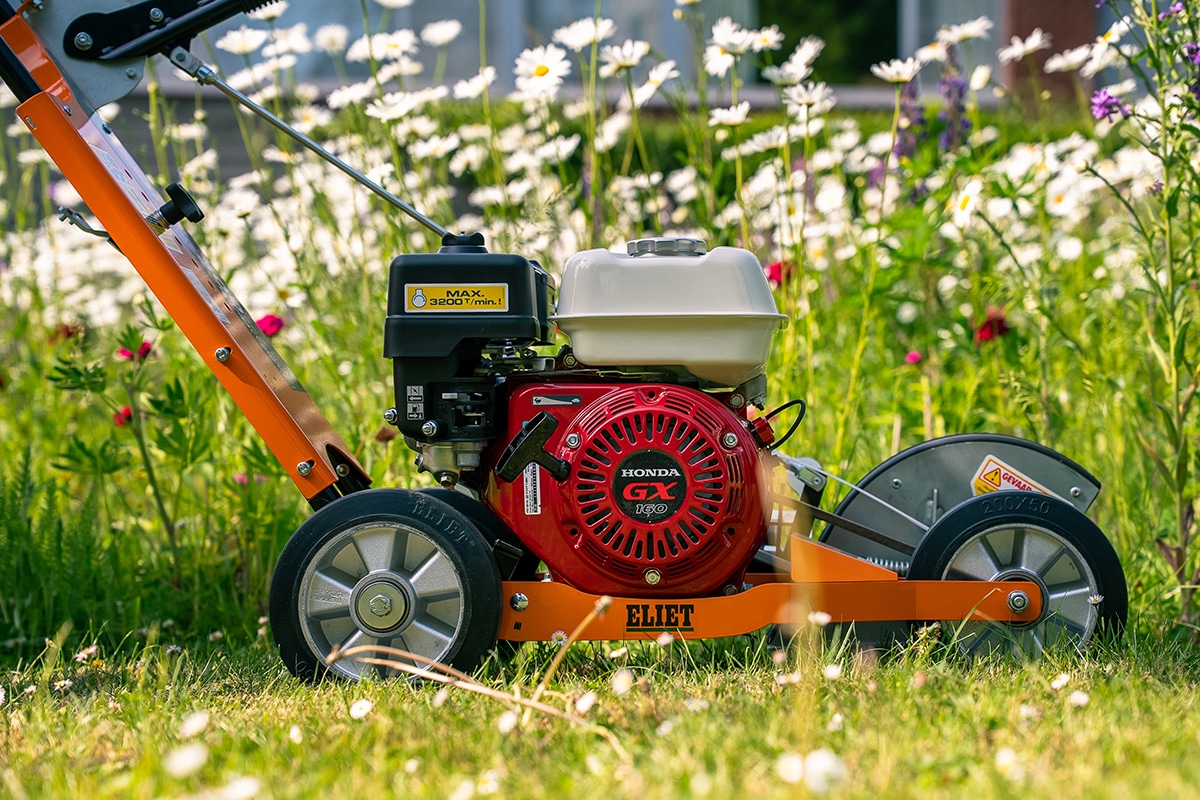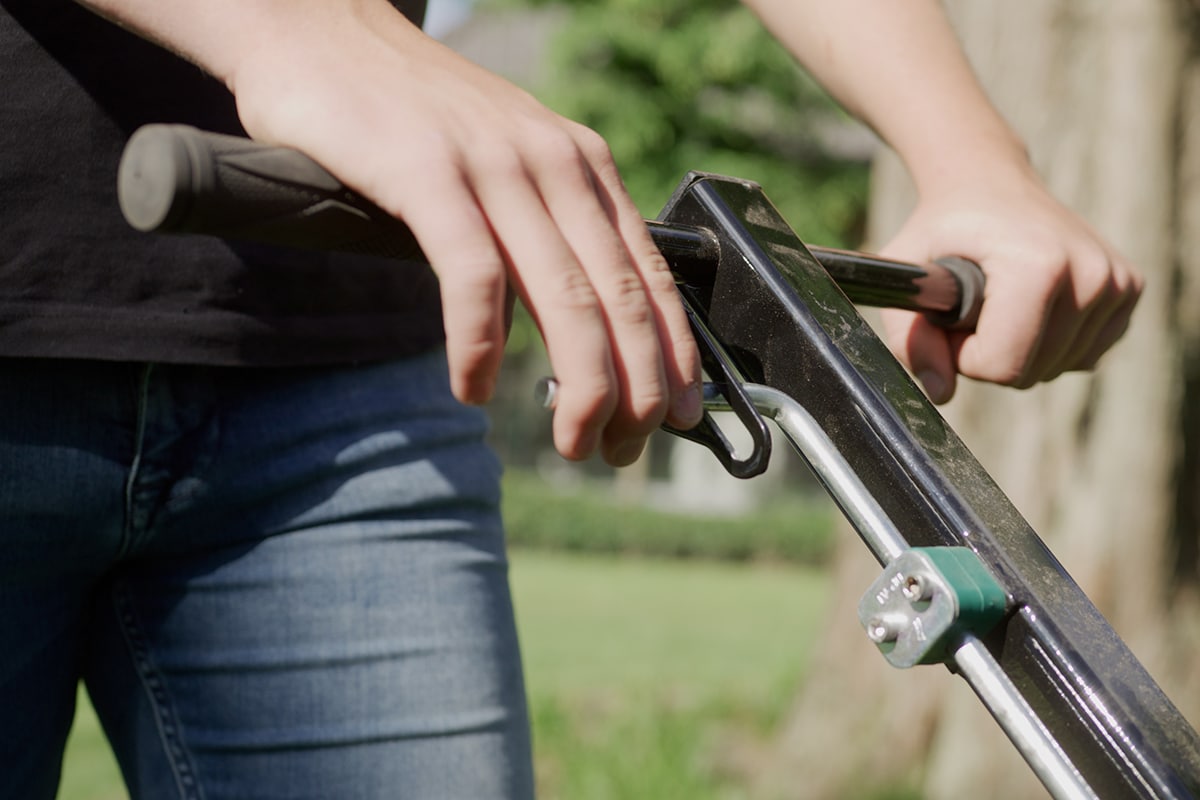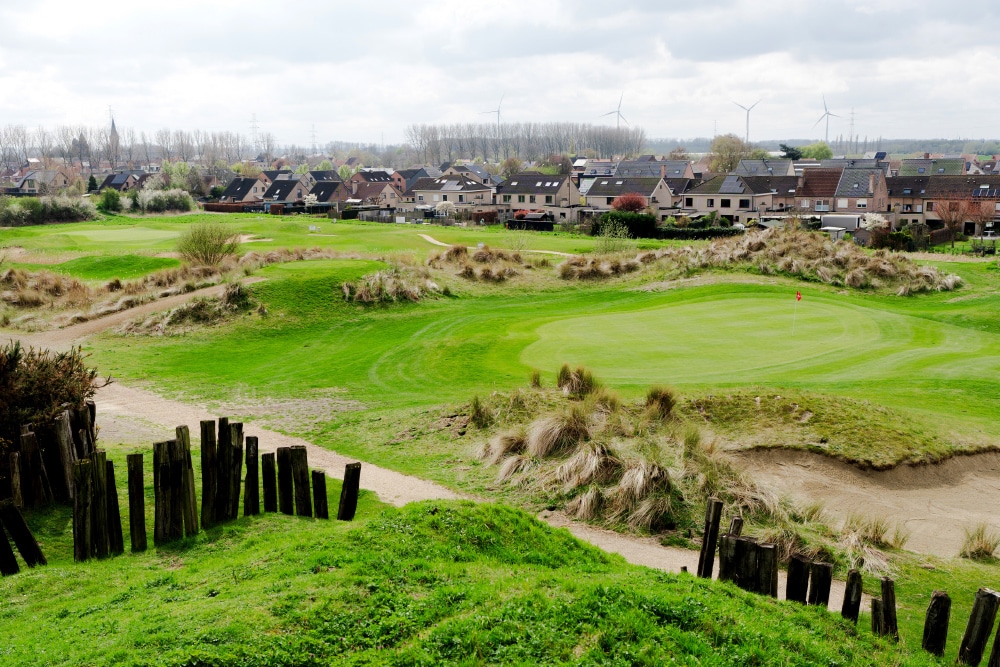
Brackish water propels Golf Club Beveren toward white ostrich grass
The overseeding regime of head greenskeeper Ben Schouten
With a course that slaloms through marram grass and ecozones, Golfclub Beveren is considered the most beautiful inland links course in Flanders. This was recently confirmed by the recognition by Leading Courses as the best 9-hole golf club in the country. But zoom out onto the rich natural area and you immediately discover a more challenging setting. After all, Golf Club Beveren is located in the heart of the port of Antwerp, right next to the important Kallo Lock. A unique challenge for head greenskeeper Ben Schouten.
Ben Schouten has been working at golf clubs in Belgium and the Netherlands for eighteen years and has been responsible for greenkeeping at Golf Club Beveren through contracting company AHA de Man since 2023. Together with two fellow greenkeepers, he takes care of the nine holes, four compact holes, the driving range and the putting and chipping green. In doing so, he pays particular attention to grass selection and irrigation, among other things.
Brackish water
"The challenges of Golf Club Beveren are not minor," says Schouten, who, with his eighteen years of experience and fifteen fellow head greenskeepers within AHA De Man, has quite a bit of comparison material. "On the one hand, with 850 members, the player pressure is relatively high; on the other hand, this is a pure sand course, which in some places lies on as much as fifteen meters of accumulated sand. In other words, there is no water retention. Every raindrop that falls is lost almost immediately. So good irrigation is absolutely essential for us."
To deal with the ever more acute drought problem, Golf Club Beveren recently invested in a brand new irrigation system with full online and remote control, but ironically, continuous irrigation also brings another challenge.
This is because the water extracted from a creek behind the golf course is completely brackish due to the persistent sailing up and down of sea vessels in the surrounding harbor. Especially in summer, when the water level in the creek drops and thus there is less mixing with the salty water flowing from the canal, the salinity is very high. And that, in turn, poses a challenge to the grasses on the course.
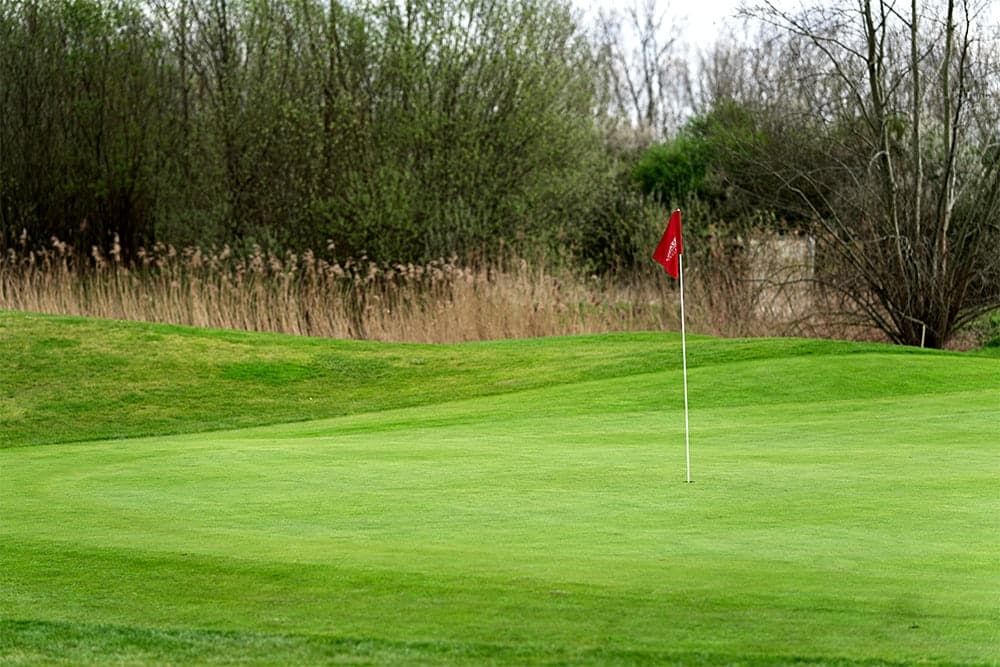
White ostrich grass
"White ostrich grass is about the only grass species for greens that can withstand the high salinity of sprinkler water," Schouten knows.
"Traditionally, therefore, the greens at Golf Club Beveren are seeded in and overseeded with DLF's Cobra Nova, which is highly regarded on both the STRI list and the NTEP. Obviously, white ostrich grass requires more maintenance - the turf is pruned twice every four weeks, once with the Vertidrain and once with Maredo cages, and in between we continue to vertically mow against thatch formation, sanding, fertilizing, ... - but eventually you get into that rhythm. Besides, it doesn't outweigh the costs that would otherwise be required to desalinate the brackish water."
Smart overseeding
In total, Schouten overseeds at Golf Club Beveren two to three times a year. He prefers to do this by hand, after vertical mowing. "That not only ensures the least inconvenience, but also the most beautiful result. Moreover, ostrich grasses do not need to be sown deeply at all, so it is also better for fast germination." Remarkably, however, the Cobra Nova is not sown for the first time until after May.
"Since last year, for the first sowing in the spring, we have not been using white, but ordinary ostrich grass, specifically DLF's Arrowtown. This already germinates at much lower temperatures, so bare spots are quickly filled in and also street grass, for example, does not get a chance. As the season progresses, the more aggressive Cobra Nova displaces the ordinary ostrich grass, but in this way we guarantee a good quality turf even in the spring. Perhaps the best quality in Belgium," Schouten concludes with a nod to the recent award by Leading Courses.
About DLF
DLF is a global leader in grasses for golf courses and sports fields. The company develops innovative grass varieties with exceptional wear resistance, density, disease resistance and drought tolerance to maximize turf quality and playing hours.
By breeding varieties with better drought tolerance, disease resistance and weed suppression, DLF also prepares grasses for more unstable weather conditions and fertilizer and chemical restrictions. In this process, DLF works closely with research institutes and scientific experts.
Heeft u vragen over dit artikel, project of product?
Neem dan rechtstreeks contact op met DLF BV.
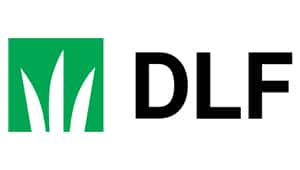 Contact opnemen
Contact opnemen

